Name Gino Coppede | ||
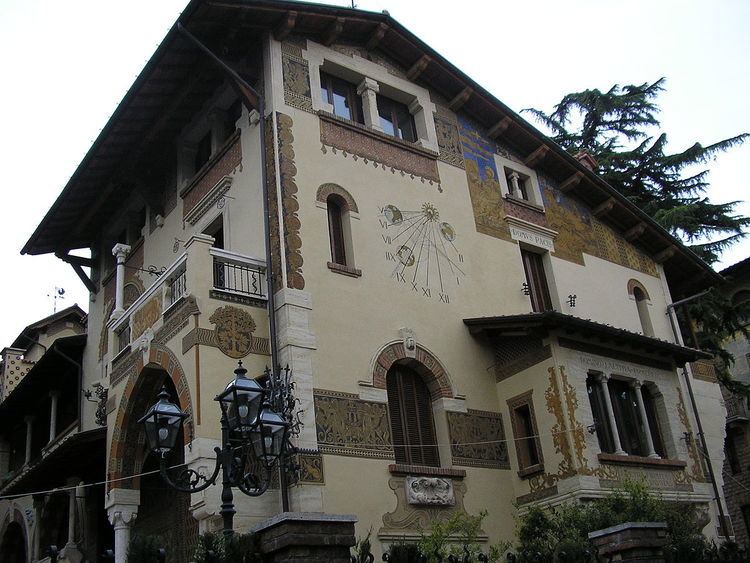 | ||
Gino Coppedè architetto (Grottesi, 1978)
Luigi Coppedè (26 September 1866 – 20 September 1927) was an Italian architect, sculptor and decorator. He was an exponent of Art Nouveau.
Contents

Roma - Quartiere Coppedè
Biography
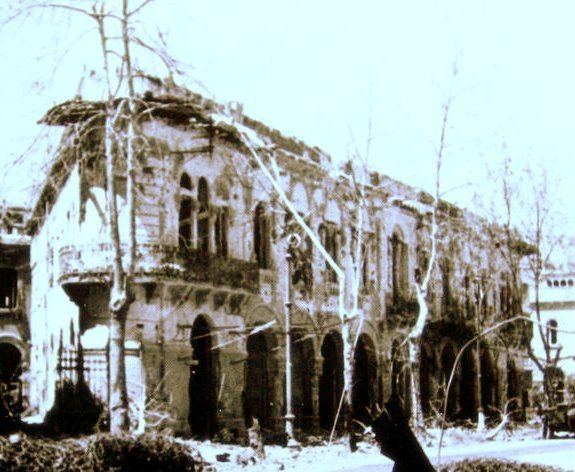
Coppedè was born in Florence. Son of Mariano Coppedè and brother of Adolfo Coppedè (also an architect, and occasional collaborator. Adolfo's most notable solo project was the Castello Cova (also known as the Cova Viviani Palace) of Milan).
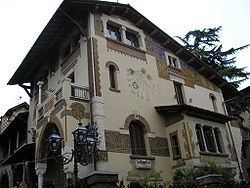
Gino's early education was at a Pious School and later in the local Florentine School of Industrial Decorative Arts, where he graduated with a diploma. He at first worked in his father's woodcarving studio, between 1885 and 1890. It was here that his sculpture work developed and he came into contact with various influential Tuscan architects. In 1889 he married Beatrice, daughter of sculptor Pasquale Romanelli with whom he had three daughters. His first main work was the Mackenzie Castle in the Castelletto quarter of Genoa in 1890. The work was commissioned by Evan Mackenzie a Genovese banker. This was to be his first major success, and as a result he moved his family to Genoa. Thanks to MacKenzie, he got a number of commissions. and during this period he was an occasional member of the Municipal Council of Genoa, on the town Planning commission.
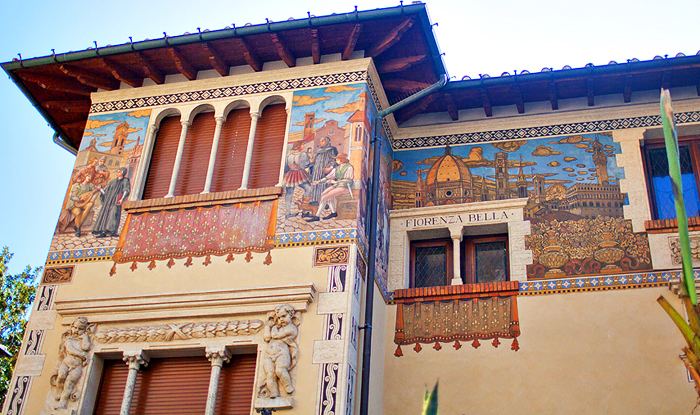
In 1891 he entered the Accademia di Belle Arti di Firenze where he became professor of architectural design.
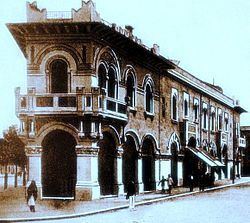
Several, academic organizations granted him honorary degrees. He was named "Academic of Merit" of 'Academy Ligustica of Genoa, later, Academician of the "Pietro Vannucci" Perugia Academy of Fine Arts, then Academician for the Academy of Fine Arts in Urbino" and also later assumed a doctorate from the Engineering School of Rome.
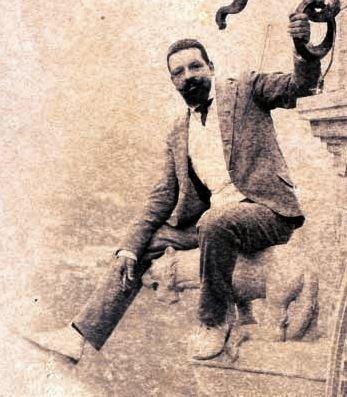
Starting in 1917, Coppedè worked in Rome on a series of buildings in the Art Nouveau style, forming what would later be known as the Quartiere Coppedè ("Coppedè Quarter"). In the June of the same same year he became a professor of General Architecture at the University of Pisa.
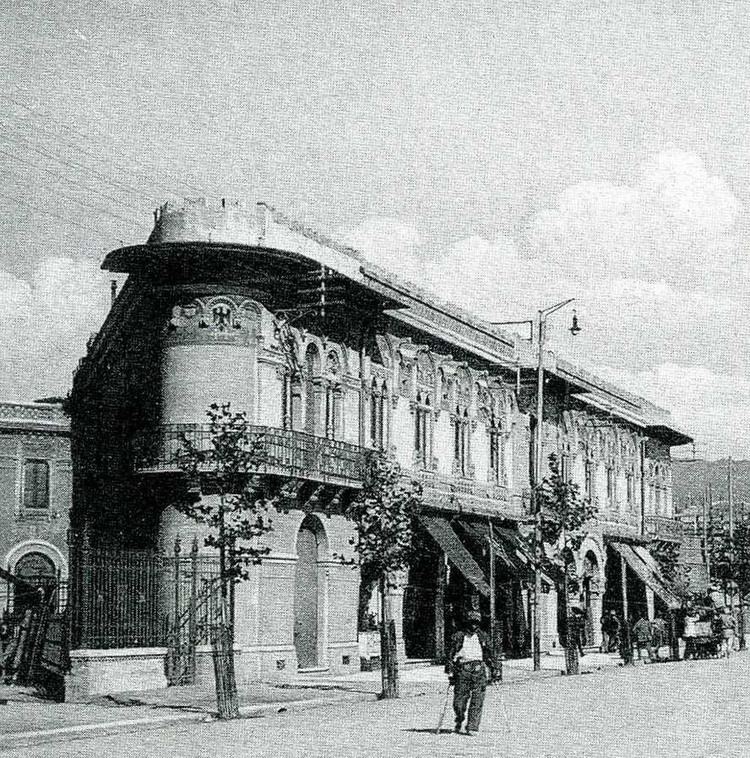
Also in 1919 he was engaged in the construction of buildings in Messina under the patronage of the banking company Fratelli Cerruti Genoa. That year he collaborated with his brothers on the decorative fitting out, and furnishings of several ships owned by the Lloyd Sabaudo and Cosulich Triestina Navigation Company.
At this time Gaetano Rapisardi, The Sicilian architect who had married one of his daughters worked with him on several projects in his Roman studio.
In 1920 he designed the Palazzo Galli in Naples and the Villa Barsanti at Pietrasanta, among others.
In 1920, in April, his wife died in Genoa and the following December so did his father Mariano Coppedè; Gino, along with his brother Adolfo, then took over as directors of his fathers studio "The House Artistica".
Between 1920 and 1921 he worked together with Ing. Ugolotti and Ing. GL Mellucci on the preparations for a project to move the main railway station of Rome.
In 1921 with his brother Adolfo when he was staying in Lierna he designed the Villa La Gaeta on Lake Como.
Coppedè started in 1924 on building the palatial residence of the Marquess of Motilla in Seville.
In 1926 he was appointed resident professor "emeritus" at the Academy of Fine Arts, Florence in Florence.
He died in Rome 20 September 1927 suffering from gangrene of the lungs after complications following surgery. He is buried in Florence, in the cemetery of San Miniato, in the family tomb.
Commissions
In Genoa:
In Naples:
In Messina:
In Rome:
In Pietrasanta
In Livorno:
In Tuscany, near Bucine (Arezzo):
